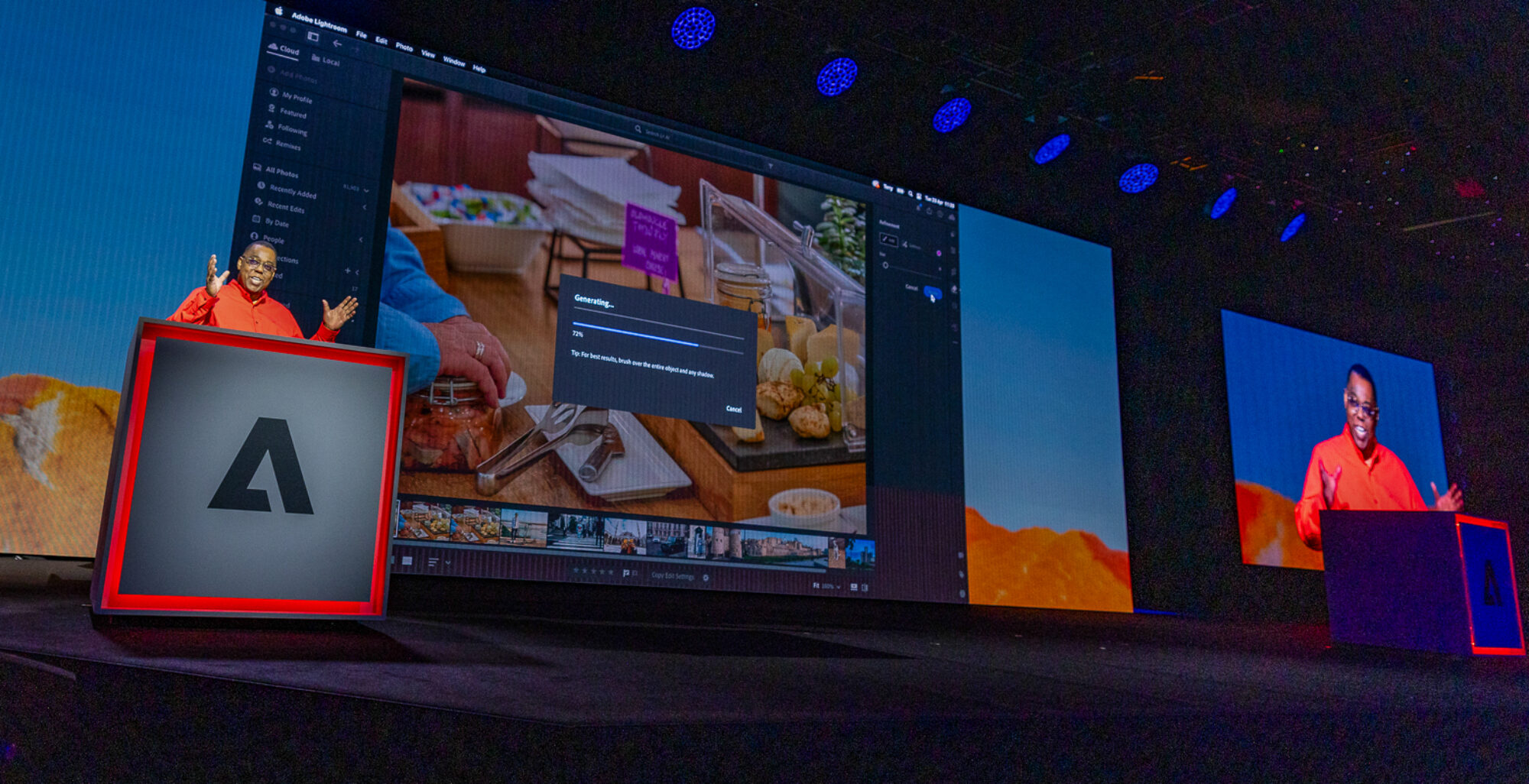Understanding the Increase of Side Computing in Today's Digital World
In the rapidly progressing landscape of innovation, edge computer emerges as an essential pressure, improving how data is processed and made use of. By transitioning information administration closer to the source, edge computing addresses crucial latency problems while enhancing transmission capacity use and boosting security steps.
What Is Edge Computer
Side computing, although a fairly current innovation in the world of modern technology, basically transforms exactly how information is refined and taken care of by bringing calculation and information storage space closer to the place where it is required. Unlike conventional cloud computing models, which usually depend on central information centers that can be geographically far-off, edge computing decentralizes data handling. This distance decreases latency, enhances real-time data handling, and boosts the overall individual experience by making sure faster feedback times.
At its core, side computing involves a network of localized tools and framework, such as routers, gateways, and sensing units, capable of refining data at or near the resource. This local handling ability is especially important for applications needing instant information evaluation, such as independent automobiles, industrial automation, and clever cities. Furthermore, by unloading data handling jobs from central servers, side computing lowers data transfer demands and improves information privacy and safety and security, as sensitive information can continue to be on-site instead than passing through comprehensive networks.

Key Motorists of Adoption
Several aspects are pushing the adoption of side computer in today's electronic landscape. Edge computing addresses this need by enabling data processing closer to the information resource, reducing latency and improving real-time decision-making abilities.
One more significant vehicle driver is the demand for enhanced bandwidth performance. Central cloud systems can come to be overloaded with the large quantity of information created by IoT devices, leading to bottlenecks (Best tech blog). By processing information at the side, organizations can alleviate network blockage and enhance general system performance
Additionally, safety and security and privacy concerns are pressing companies towards side computer. By processing delicate data in your area, business can minimize threats related to information transmission and exposure to prospective cyber threats.
The surge of applications needing real-time handling, such as autonomous automobiles and increased reality, additionally requires the rapid feedback times that border computing supplies. Collectively, these drivers are making edge computing an essential element of modern IT framework, leading the way for its prevalent adoption throughout numerous industries.
Advantages Over Cloud Computer
Just how does side computer differentiate itself from traditional cloud computer? Mainly, edge computing brings information handling closer to the source of information generation, typically on nearby servers or local devices, rather than depending on central information facilities. This closeness dramatically reduces latency, allowing real-time information processing and decision-making. For sectors where milliseconds issue, such as self-governing lorries or commercial automation, the minimized latency given by edge try here computer can be vital.
In addition, side computer improves transmission capacity performance (Best tech blog). By refining information in your area, just the necessary information is transmitted to the cloud for further analysis or storage, minimizing the quantity of data that passes through the network. This not only relieves network blockage but also reduces information transmission costs
Edge computer likewise provides enhanced information personal privacy and protection. Sensitive information can be refined in your area without being sent out to the cloud, minimizing the exposure to potential cyber risks. This is particularly beneficial for sectors handling secret information, such as medical care and monetary services.
In addition, edge computing makes sure greater strength and dependability. Local handling permits proceeded procedure even when connectivity to the cloud is jeopardized, preserving essential features and services regardless of possible network disruptions. These benefits collectively demonstrate edge computing's transformative potential in enhancing performance and safety and security in electronic communities.
Obstacles and Considerations
While edge computing uses countless advantages, it also presents unique difficulties and factors to consider that must be addressed to fully recognize its possibility. One substantial challenge is data safety and security and personal privacy. Processing data more detailed to the resource boosts the threat of unapproved gain access to, requiring durable encryption and stringent protection methods to secure sensitive info. Furthermore, handling and checking a decentralized network of side devices can be complex, calling for innovative devices and techniques to guarantee seamless procedure and upkeep.
Another consideration is the scalability of edge computing solutions. As the variety of connected tools expands, so does the demand for refining power at the edge, which can result in resource restraints. Organizations has to thoroughly plan their infrastructure to fit this growth without jeopardizing performance or effectiveness.
Interoperability is another important factor. With numerous equipment and software program components included, making sure compatibility and smooth integration can be challenging. Standardization initiatives are vital to facilitate interaction in between diverse systems.
Future Trends in Side Computer
Expecting the future, side computer is poised to change different markets by enabling quicker data processing and lowering latency. As the quantity of information generated by IoT tools continues Look At This to grow, edge computing will come to be increasingly crucial in handling this influx efficiently.
Another arising pattern is the growth of edge-native applications developed especially to leverage the distinct capabilities of side computing. These applications will certainly enhance performance and source utilization, resulting in increased effectiveness throughout different sectors. Advancements in 5G innovation will better bolster side computer by offering the essential infrastructure for high-speed, low-latency interaction between tools and edge nodes.
Verdict
Side computing's rise is driven by the expansion of IoT tools and the requirement for real-time information processing, which improves effectiveness by lowering latency and decentralizing information management. This method alleviates transmission capacity inefficiencies and security problems, helping with developments in applications like clever cities and self-governing automobiles. Regardless of challenges such as infrastructure complexity and combination, the future of edge computer assures a much more receptive electronic ecosystem, with continued technologies forming its evolution and broadening its applicability across sectors.
Side computer, although a relatively current innovation in the realm of modern technology, essentially changes exactly how data is processed and handled by bringing computation and data storage space closer to the area where it is required. Unlike typical cloud computing versions, which frequently count on central data centers that can be geographically remote, side computer decentralizes data handling. Furthermore, by unloading data handling tasks from main web servers, side computing reduces transmission capacity needs and enhances information personal privacy and security, as delicate information can continue to be on-site rather than passing through extensive networks.

Comments on “Discover the Best tech blog for the Latest Trends and Innovations in Innovation”